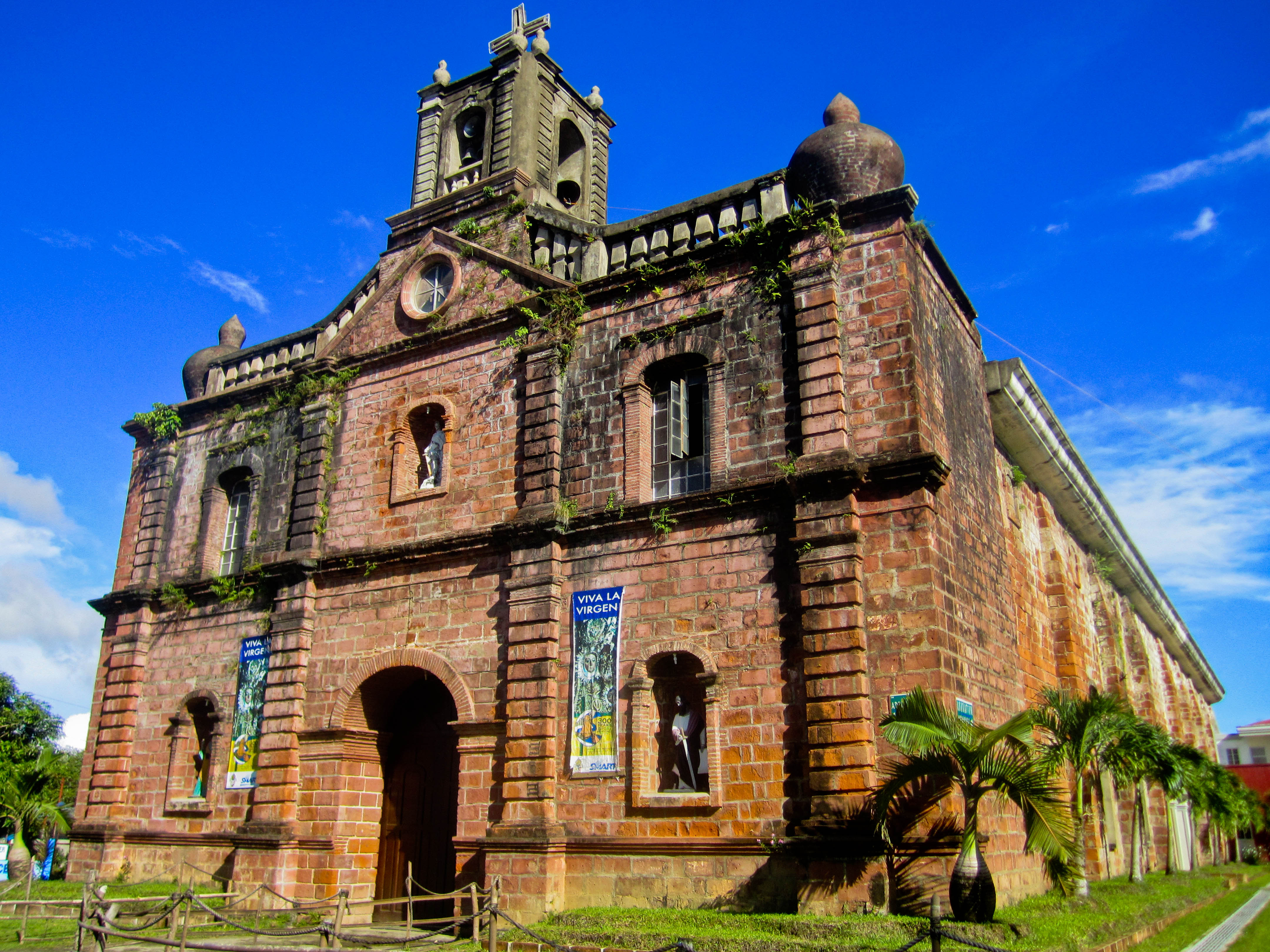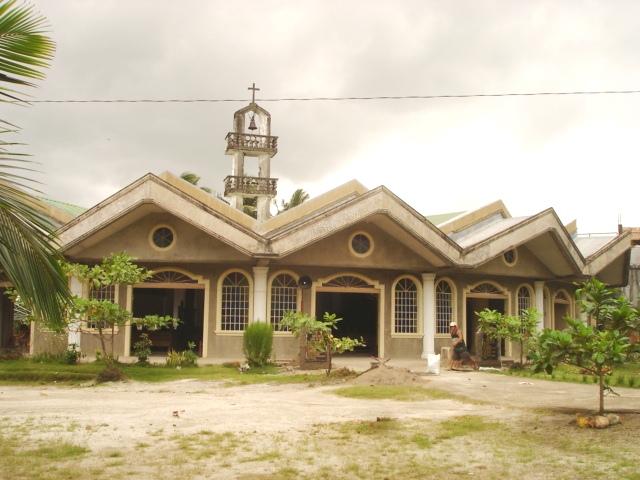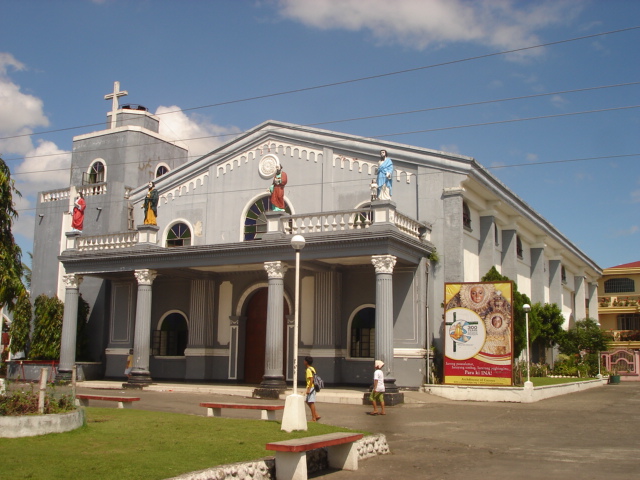|
Camarines Sur
Camarines Sur (; ), officially the Province of Camarines Sur (Central Bikol language, Bikol: ''Probinsya kan Habagatan na Camarines''; ), is a Provinces of the Philippines, province in the Philippines located in the Bicol Region on Luzon. Its capital is Pili, Camarines Sur, Pili and the province borders Camarines Norte and Quezon to the northwest, and Albay to the south. To the east lies the island province of Catanduanes across the Maqueda Channel. Camarines Sur is the largest among the six provinces in the Bicol Region both by population and land area. Its territory includes two cities: Naga, Camarines Sur, Naga, the most-populous, lone chartered and independent city, as the province's religious, cultural, financial, commercial, industrial and business center; and Iriga, a component city, as the center of the Rinconada area and Rinconada Bikol, Riŋkonāda Language. Within the province lies Lake Buhi, where the smallest commercially harvested fish, the sinarapan (''Mistichthys ... [...More Info...] [...Related Items...] OR: [Wikipedia] [Google] [Baidu] |
Mount Isarog
Isarog is an List of active volcanoes in the Philippines, active stratovolcano located in the province of Camarines Sur, Camarines Sur, Philippines, on the island of Luzon. The mountain has active Fumarole, fumaroles and Hot spring, hot springs. It has an elevation of above mean sea level. The broad isthmus between Lagonoy Gulf and San Miguel Bay is occupied by the isolated Isarog volcano. The volcano has a 2,500 m (8202 ft) crater that is breached to the east along a narrow valley drained by the Rangas River. A major debris avalanche deposit extends northwest to the coast and into San Miguel Bay. The peak of the mountain marks the point where the borders of six municipalities and one Naga, Camarines Sur, city meet (listed in clockwise direction, starting north): Goa, Camarines Sur, Goa, Tigaon, Camarines Sur, Tigaon, Ocampo, Camarines Sur, Ocampo, Pili, Camarines Sur, Pili, Naga, Camarines Sur, Naga City, Tinambac and Calabanga, Camarines Sur, Calabanga. Isarog Volcano was ... [...More Info...] [...Related Items...] OR: [Wikipedia] [Google] [Baidu] |
Iriga
Iriga, officially the City of Iriga (Rinconada Bikol: ''Syudad ka Iriga''; ; ), is a Cities of the Philippines#Legal classification, component city in the Provinces of the Philippines, province of Camarines Sur, Philippines. According to the 2020 census, it has a population of 114,457 people. History Barely half a century after Ferdinand Magellan set foot in the Philippines on March 16, 1521, Iriga, now a city, was only a visita of Nabua, Provincia de Ambos Camarines. Because of the disastrous floods that occur during rainy seasons in suburban Poblacion of Nabua, Father Felix de Huertas, the then parish priest, advised the farmers to move to I-raga (donde hay tierra or where there is land) where they can plant their crops without fear of being under flooded. The flood victims of Nabua who moved earlier and followed the suggestions of their parish priest were the fortunate beneficiaries of the harvest of their agricultural plantation coming from the rich and fertile soils of ... [...More Info...] [...Related Items...] OR: [Wikipedia] [Google] [Baidu] |
Del Gallego, Camarines Sur
Del Gallego, officially the Municipality of Del Gallego (; ), is a municipality in the province of Camarines Sur, Philippines. According to the 2020 census, it has a population of 26,403 people. It is used to be called Danawin and located along Kilbay River (now, Sabang River). It was established througExecutive Order No. 56 Series of 1936signed by then President Manuel L. Quezon. The municipality celebrates its 87th foundation anniversary on October 5, 2024. According to the town's socio-economic profile in the year 1998, agricultural workers are greater in number reaching about 70% of the whole working force while the remaining 30% are engaged in non-agricultural occupations. Geography Del Gallego is the last town in the northwestern part of Camarines Sur. This is where the Quirino Highway (Andaya Highway) road meets with the first town of Quezon, Tagkawayan. It is from Pili and from Manila Manila, officially the City of Manila, is the Capital of the Philippines, ... [...More Info...] [...Related Items...] OR: [Wikipedia] [Google] [Baidu] |
Caramoan, Camarines Sur
Caramoan, officially the Municipality of Caramoan (; ), is a municipality of the Philippines, municipality in the Philippine Province, province of Camarines Sur, Philippines. According to the 2020 census, it has a population of 51,728 people. History The name Caramoan has been officially used since 1619, the year it was named by a Spanish missionary friar, Francisco de la Cruz Y Oropesa. Fr. Oropesa penetrated the thick virgin forest of the Caramoan Peninsula and founded a small settlement in a place called Baluarte. This settlement was subsequently turned over to the administration of the Holy Bishopric in 1696. Prior to the arrival of the Spaniards, it was determined that the place was once called Guta de Leche, which was given by Dutch traders who operated a gold mine in Lahuy Island and who frequented the area to trade with the natives. The name was perhaps derived from the milkdrop stalagmites found among the rocks of Guta Port. Upon the arrival of the Spaniards, the place ... [...More Info...] [...Related Items...] OR: [Wikipedia] [Google] [Baidu] |
Canaman, Camarines Sur
Canaman, officially the Municipality of Canaman (; ), is a municipality in the province of Camarines Sur, Philippines. According to the 2020 census, it has a population of 36,205 people. Canaman is known for its upscale shopping, heritage which dates back to Spanish era, and its new first class housings. Canaman is part of the Metro Naga Urban Area. Etymology The area that is now Canaman used to be very thickly forested. According to Fr. Frank Lynch, S.J., who said that Canaman is the purest among Bicol dialects: “The name Canaman is locally said to be derived from the root ''kana'', meaning "building materials". The suffix -''man'' is taken as a locative, the name thus indicating “place where there are building materials”. In the book, ''Canaman through Four Centuries'' (2009) written by Danilo M. Gerona, the historian argues that the etymology of the town's name came from a kind of wood used as a decorative material. History Spanish colonization in Canaman began aroun ... [...More Info...] [...Related Items...] OR: [Wikipedia] [Google] [Baidu] |
Camaligan, Camarines Sur
Camaligan, officially the Municipality of Camaligan (; ), is a municipality in the province of Camarines Sur, Philippines. According to the 2020 census, it has a population of 25,036 people. Camaligan rapidly became an urban town during the 1990s. Camaligan is part of the Metro Naga Urban Area. The town is home to the oldest known pre-colonial site in the Bicol region, dating 500 AD to 600 AD, making it an undeclared important archaeological zone.Escandor, Juan J"1500-yr-old artifacts found in CamSur" ''Inquirer.net''. 18 August 2017. Retrieved June 16, 2019. Etymology The origin of the town and its name can be traced back to the early settlers of the place. Known as the ''cortadores'', or woodcutters, to the early Spanish colonizers who came to the place in the early 1700s, the settlers cut timbers from nearby mountains located upriver or around San Miguel Bay and made this as their form of living. Out of these timbers, they hewed out canoes or '' bancas'' which they sto ... [...More Info...] [...Related Items...] OR: [Wikipedia] [Google] [Baidu] |
Calabanga, Camarines Sur
Calabanga, officially the Municipality of Calabanga (; ), is a municipality of the Philippines, municipality in the Philippine Province, province of Camarines Sur, Philippines. According to the 2020 census, it has a population of 88,906 people. History In 1578 when the head Mission of Quipayo was established, Calabanga was only a visita or barrio. At that time, the place had vast forests and swamps and an abundance of wildlife such as monkeys, wild chickens, and forest lizard. Others say, it derived its name from the Bicol Region, Bicol word “Calabangan”, the plural term of “labang” or “litag”, meaning a kind of snare for catching wild animals. Another legend says that Calabanga originated from the word “Calagbangan” meaning the wide, long, and straight street spanning from the church through the poblacion, east to west, called locally as “calabaan” or “calacbangan”. Calabanga became known with 400 tributes. On July 15, 1749, it was separated from Quipa ... [...More Info...] [...Related Items...] OR: [Wikipedia] [Google] [Baidu] |
Cabusao, Camarines Sur
Cabusao, officially the Municipality of Cabusao (; ), is a municipality in the province of Camarines Sur, Philippines. According to the 2020 census, it has a population of 19,257 people. There is no formal evidence of the town's establishment, but according to some locals, it was established in May 20, 1911, same day with the feast of San Bernardino de Siena (town's patron saint) and church establishment in honor of Him. History Fishing still remains as the major industry in the Cabusao town in the first district of the province. There are attempts, however, to improve the rice production which can only be done if the farmlands can be improved despite the salty soil. In Barangay San Pedro in this municipality, the Bicol sanitarium can be found where leprous patients are treated and taken care of. Geography Barangays Cabusao is politically subdivided into 9 barangays. Each barangay consists of puroks and some have sitios. * Barceloneta * Biong * Camagong * Castillo * New Pob ... [...More Info...] [...Related Items...] OR: [Wikipedia] [Google] [Baidu] |
Bula, Camarines Sur
Bula, officially the Municipality of Bula ( Rinconada Bikol: ''Banwaān ka Bula''; Tagalog: ''Bayan ng Bula''), is a municipality in the province of Camarines Sur, Philippines. According to the 2020 census, it had a population of 73,143 people. History The town of Bula is historically considered one of the first four mission towns of Camarines Sur founded by the Spanish conquistadores when they set foot on the Bicol soil coming from the Visayas in 1576. The other premier towns were Naga, Quipayo and Nabua. The Spaniards who first came to this place asked the men who were splitting bamboo about the name of the area, and since they did not understand the language, they thought they were being asked about the name of the bamboo, so they got the answer "Bu-la." And so Bula became the name of the town. However, it was only in 1578 when the natives were Christianized, so the National Historical Commission dates back the town's history to 1578. From this, the town chose St. Mary ... [...More Info...] [...Related Items...] OR: [Wikipedia] [Google] [Baidu] |
Buhi, Camarines Sur
Buhi, officially the Municipality of Buhi (Albay Bikol language, Buhinon: ''Banwaan nya Buhi''; Rinconada Bikol language, Rinconada Bikol: ''Banwāan ka Buhi''; Tagalog language, Tagalog: ''Bayan ng Buhi''), is a municipality of the Philippines, municipality in the Philippine Province, province of Camarines Sur, Philippines. According to the 2020 census, it has a population of 81,306 people. According to the Guinness Book of World Records, Lake Buhi is home to the world's smallest edible fish locally known as "Sinarapan". Buhi is not just known for Lake Buhi but it is likewise the home to the world's smallest commercial fish locally known as the ''sinarapan'' (''Mystychtis luzonensis''). History The town known today as Buhi began as a small settlement by refugees fleeing the outrage of Mayon Volcano hundreds of years ago. These people founded a permanent settlement in an area close to the lake and flourished as time passed. The general Emigration, exodus of people fleeing and ... [...More Info...] [...Related Items...] OR: [Wikipedia] [Google] [Baidu] |
Bombon, Camarines Sur
Bombon, officially the Municipality of Bombon (; ), is a municipality in the province of Camarines Sur, Philippines. According to the 2020 census, it has a population of 17,995 people. History Like any other municipalities in the province, the town of Bombon also started as a mere barrio or "visita". It was dependent on the town of the ancient Quipayo for nearly 240 years, now a mere barangay of Calabanga town. It finally gained its independence during the arrival of the Americans on February 11, 1900. This taste of freedom was, however, momentary for after the establishment of the Civil Government occurred in the Philippines in the year 1903, Bombon was ceded to the municipality of Calabanga . The municipality of Bombon also became a barrio of Magarao, now another town in the second district. For more than forty years of waiting, it was finally given its proclamation as a town by virtue of Executive Order (EO251dated July 27, 1949 signed by the then President Elpidio QuirinoA ... [...More Info...] [...Related Items...] OR: [Wikipedia] [Google] [Baidu] |
Bato, Camarines Sur
Bato, officially the Municipality of Bato (Rinconada Bikol language, Rinconada Bikol: ''Banwāan ka Bato''; Tagalog language, Tagalog: ''Bayan ng Bato''), is a municipality of the Philippines, municipality in the Philippine Province, province of Camarines Sur, Philippines. According to the 2020 census, it has a population of 52,155 people. The municipality of Bato is home to a lake teeming with various kinds of fishes. Sinarapan, the world's smallest commercially harvested fish, occupies the waters of Lake Bato. Also present, the lake abounds with tilapia housed in fish cages. Bato is from Pili, Camarines Sur, Pili and from Manila. History This town was formerly called as "Kaliligno" or "Caliligno" named by the natives that settled along the river area. This small village later was elevated into a status of a town under the decree of Spanish Superior Government on February 15, 1753. Years back, a parish was already existing which was also made under the same decree. This p ... [...More Info...] [...Related Items...] OR: [Wikipedia] [Google] [Baidu] |





